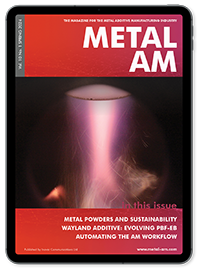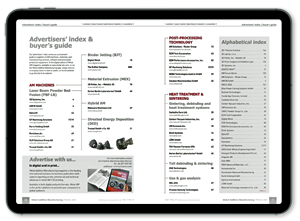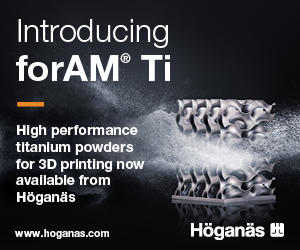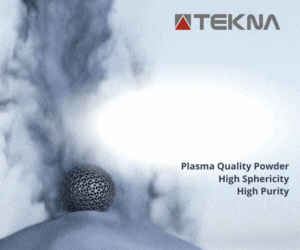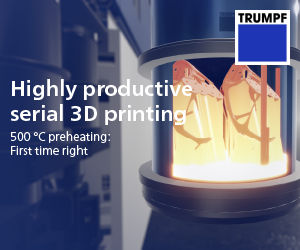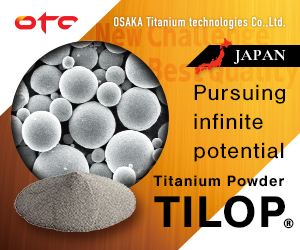Fraunhofer IPT and partners produce greener hydrogen combustion chambers
November 19, 2021
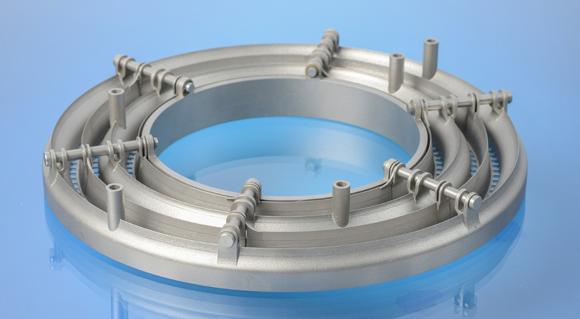
In a joint research project, FH Aachen – University of Applied Sciences and the Fraunhofer Institute for Production Technology IPT, Aachen, Germany together with Präwest Präzisionswerkstätten GmbH & Co KG., Bremen, have used Additive Manufacturing to produce a hydrogen combustion chamber which is said to significantly reduce nitrogen oxide emissions.
The design of the hydrogen combustion chamber supports the MicroMix combustion process (MMX), developed by Prof Dr Harald Funke at the Faculty of Aerospace Engineering at FH Aachen, which was awarded the FH Aachen Research Prize 2021. This combustion process relies on a large number of smaller flames compared to conventional combustion processes with a few large flames. The MMX combustion chamber is designed in such a way that the gas mixes with the supplied air and burns with less NOx emissions. Another reported advantage of the small flames in the chamber is higher safety against flashback, making such combustors in appropriate scaling suitable for aerospace applications.
The production of MMX combustion chambers is technically quite challenging, because the manufacturing tolerances are small: the operation of such a combustion chamber with the volatile hydrogen gas requires that the system remains permanently leak-tight. In addition, all the functional elements inside the chamber, such as the air baffles, must be precisely aligned with each other to ensure the desired flow characteristics of the incoming and outgoing gases. However, subtractive manufacturing alone would make components of this kind very costly. This lead the project partners to choose Laser Beam Powder Bed Fusion (PBF-LB) AM.
After manufacturing the combustion chamber and the separation of the platform on which it was built, only a few subtractive post-processing steps were required (e.g., the filigree, movable air baffles are manufactured in a milling process and the holes for the hydrogen outlet are added subsequently). By combining the individual manufacturing steps, the partners are able to compensate for the weaknesses of the existing manufacturing processes and to link them into a synergetic process chain.
The MMX concept is said to have already proven itself in test operation. Based on simulations, the Aachen researchers also predict that the use of PBF-LB may significantly reduce the time required for assembly and cut the costs of such a combustion chamber by up to 90%. In addition to the ecological and economic advantages that the new combustor technology reportedly offers, PBF-LB makes the manufacturing processes more sustainable and requires a lower use of resources than conventional production.
A first functional prototype of the MMX combustion chamber was exhibited by the Fraunhofer IPT from at Formnext 2021.




